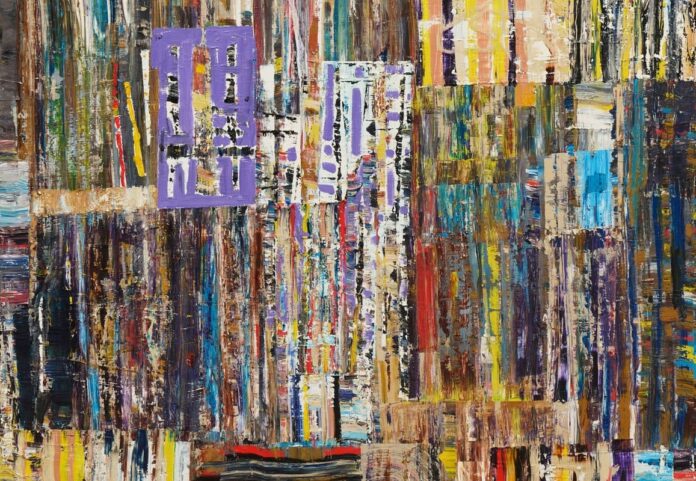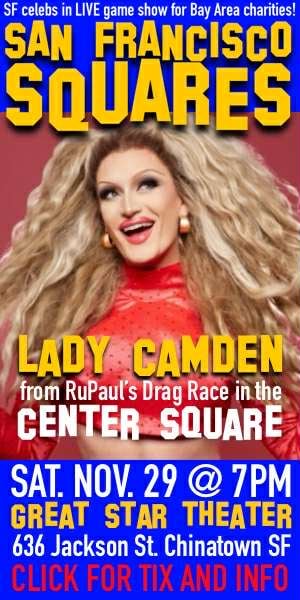Bay Area visual artist, filmmaker, and musician Mike Henderson has for decades traveled the art world’s highs and lows. His metaphoric train powered by truth, love, and curiosity has carried his figurative and abstract paintings, 16mm films, and Bay Area blues band Cabin Fever around the world.
Appropriately, Haines Gallery’s 16th solo exhibition of Henderson’s work Truth, Love, and Curiosity (runs through October 25) is a multimedia presentation. The Haines curation focuses on a series of large-scale paintings he began in 2023—marvelous small, never- and rarely-seen works from the 1990s and 2000s. Henderson’s experimental 16mm films made in the 1970s and 80s (some restored by the Academy Film Archive) offer valuable insights into his character and wit, while delivering critical moments in Bay Area history and politically powerful content. The films’ and art works’ expressions of Black life crackle with intense humor, often flinging hidden social and civil injustices into high visibility.
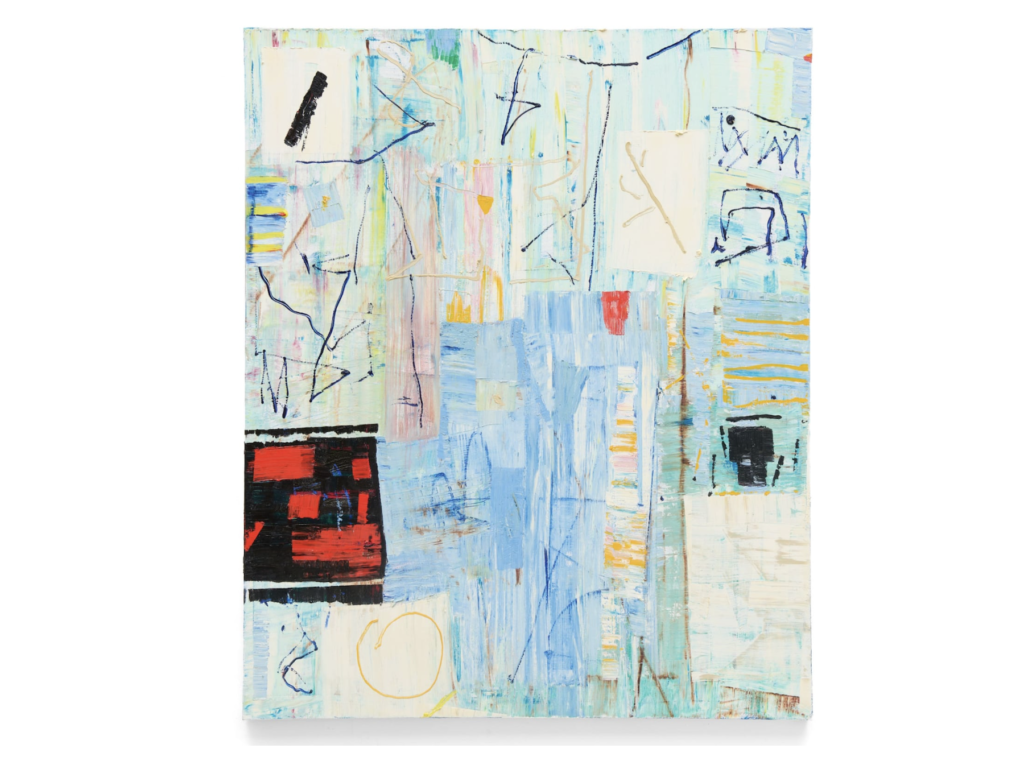
It’s a fitting finale of what might be called “The Summer of Henderson,” which also saw his work appear in di Rosa San Francisco’s inaugural exhibition Far Out: Northern California Art; an SFMOMA screening of “Trouble in Mind,” a collection of his films, featuring a performance by Cabin Fever; and People Make This Place: SFAI Stories, an SFMOMA exhibit that continues through July 5, 2026.
Henderson holds a bachelor of fine arts, received in 1969, and in 1970, earned a master of fine arts; both from the San Francisco Arts Institute. He has been awarded a Guggenheim fellowship, two National Endowment for the Arts artist grants, a 2019 Artadia award, and a Margrit Mondavi Arts Medallion. His paintings and films have been exhibited by Berkeley Art Museum and Pacific Film Archives, Sacramento’s Crocker Art Museum, San Francisco’s de Young Museum, New York City’s Museum of Modern Art, the Whitney Museum of American Art, the Art Institute of Chicago, and others.
Ironically, it is likely that the artist born in Marshall, Missouri in 1943 surprised even himself by becoming a vital, professional Northern California artist, musician, and experimental filmmaker.
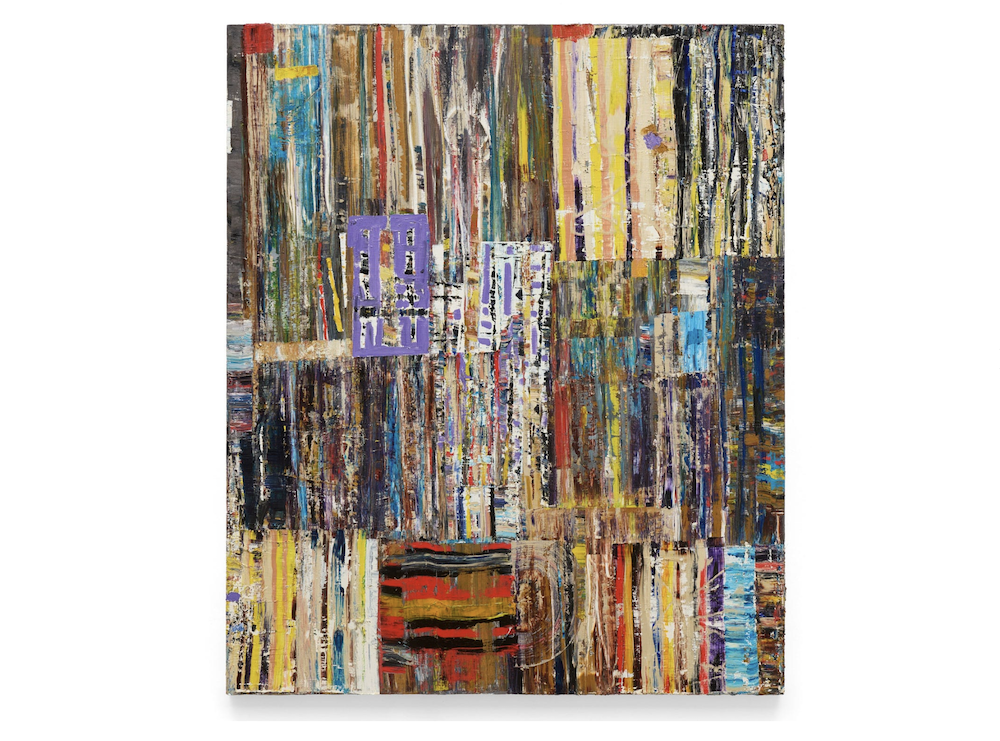
“I was always an oddball as a kid,” he says during a recent 60-minute-plus conversation. “I just wanted to be an artist, but it wasn’t something you did. Where I grew up in the deep South, you went to the army, got married, lived two blocks down from your family and your kids did the same. I was always crazy about art and just accepted I was that way. I never thought it was weird that other people didn’t want to draw or play guitar instead of play baseball.”
Embracing his musical preferences also made him an outlier. Blues music, he says, is “meat-and-potatoes” music because it was a means of communication for people with limited vocabulary to express themselves. Most of his peers wanted only to jam Motown.
“Blues could be labeled folk music, I suppose,” he continues. “It was the sound I heard as a kid; in songs that had that not-happy, minor key feel. Growing up, what I usually heard on my grandmother’s radio was country and Western. Hank Williams singing ‘hear that lonesome whippoorwill’ [from ‘I’m So Lonesome I Could Cry’] just stuck with me. Those lyrics told a story. I liked it and that song Patti Page sang, ‘(How Much Is That) Doggie In The Window,’ which also told a story.”
Perhaps the doggie song somehow planted the seed of an idea. Its second stanza begins with, “I must take a trip to California,”—and in 1965, Henderson came to the Bay Area to study at SFAI. He recalls discovering in the 1960s that many people painted, played guitar, explored all types of music. Never considering himself a singer, he says he was “happy as slop” just playing rhythm guitar. But when he couldn’t find a blues vocalist or band to accompany, he forced himself to sing and gradually, gained confidence.
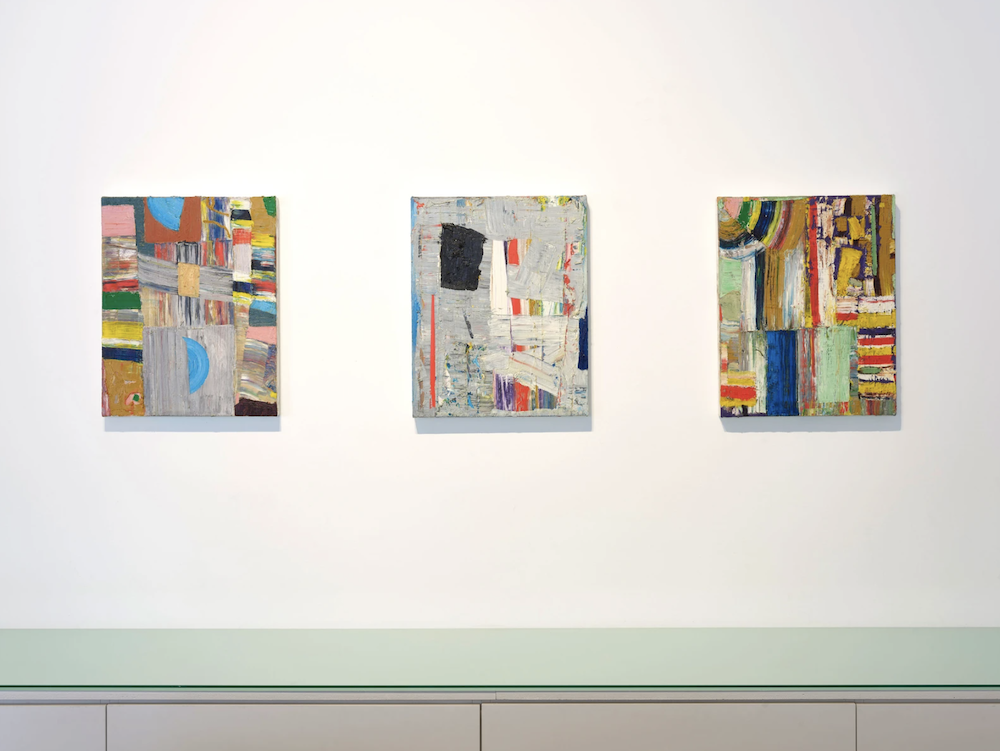
In the Bay Area, he felt liberated and energized by living among other dreamers. “The biggest thing for me was practicing, practicing, practicing,” he remembers. “Same with painting. There was musical influence in the art world—being able to see how they mirrored each other was like seeing a psychedelic mosaic of music and art on the street. It was in everybody’s DNA and the revolution was finding yourself. There wasn’t a mold you had to fit in like where I grew up.”
Filmmaker Robert Nelson taught him how to shoot and edit 16mm film and to just be himself. He was actually trying to find artist and educator Robert Hudson to ask for help with sculpture he was working on when he mistook Robert Nelson for Hudson.
“I approached him and asked for help. He told me he wasn’t Hudson and that he actually made films. I told him, ‘OK, I want to make a film.’ He told me I needed to buy a camera but didn’t have much money. A little later, I got hit by a cable car and got a settlement and went to him and said I had money now, where do I go to buy the stuff? Some woman came up, heard us, and said she had a camera. I bought it on the spot.”
Henderson is largely self-taught and made the film Last Supper mostly by himself. “When it was all edited, I asked Bob how to do the soundtrack. He told me and I was waiting for the musicians and they didn’t show up. I had my guitar, picked it up, and a guy helping, a technician, turned on a tape recorder. I was just playing around, but he told me to listen to it. He said I didn’t need anybody; it was a soundtrack. I made it myself.”
Nelson had told Henderson to come to him whenever he needed help. Eventually, they began making films together.
“When I think of apprenticeships during the Renaissance, when you worked under a master artist—I had that relationship with Bob. He was a teacher, but I wasn’t interested in critiquing, I just wanted to make films. Art, films, and music were just like apples on a tree and I was picking them. Every one was delicious.”
Among the “delicious” artwork in the Haines exhibit is “No Hands on the Clock.” Henderson recalls a slow process in 2017 that had him working on a separate, larger painting. Nearby sat this smaller work that became “No Hands.” “Sometimes I just have to wait for a painting to talk to me. On a smaller canvas on the side, I just make a mark that turns into a painting. I call them worry paintings.” The title is referential, like in all his work, and relates to the backwards-running clock in his studio. “I like the idea of not losing time, but gaining it. But a title is just a label, like we have with people.”
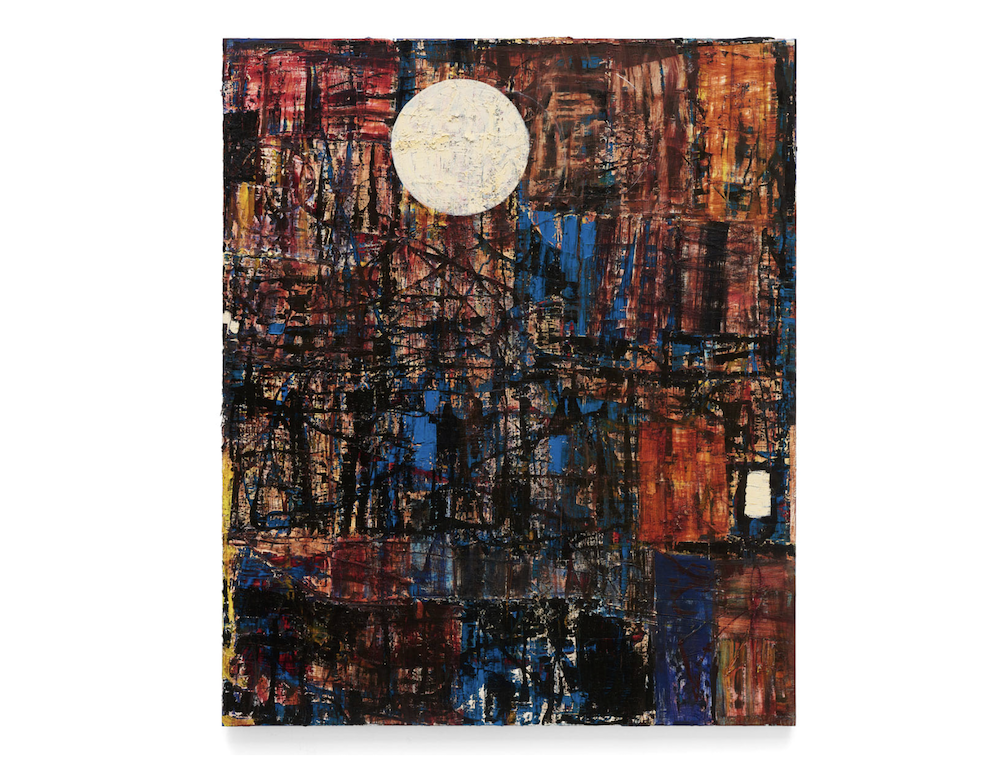
Henderson is struck by phenomenal artists like Leonardo da Vinci, whose impact on him largely comes through two paintings: The Last Supper and the Mona Lisa.
“There’s a lot of work between those,” he says. “You’re very lucky when a piece comes out, boom, and just is. I don’t draw my paintings by hand, I just create them without an architectural plan. In them there’s ambiguity, a culmination of what I’ve learned about painting, and what’s important to me—truth, love, and curiosity.”
A painting or song’s value is found primarily in its meaning to the viewer or listener, according to Henderson. “With the blues, you’re improvising and working from emotion. When you see paintings like Monet’s bridges or Rouen Cathedral. it tells you it doesn’t matter what you paint, it’s the emotion that vibrates in your stroke. In music, it’s the way you strum a guitar, color a note with your voice.”
The older he becomes, the less certainty he finds in answers about life and its attachments and concerns. Tossing aside rigidity of thought, Henderson discovers his understanding of humanity has broadened, his respect for hard-working people of all races, ages, and genders grown richer. His desire to make art now comes from a continued passion for learning; about the geometry of early Renaissance paintings that had purpose, about trusting that his limitations will never curtail his potential, and that his voice continues to carry powerful protest against the deluge of injustices suffered by society.
“Art is something that will last for future generations,” he says. “All of this: painting, guitar, films, family, and the world still call me and drive me. Curiosity is my heartbeat. My body is getting older, but there’s going to be a lot of work still in me when I go. For now, I’m just enjoying the ride.”
TRUTH, LOVE AND CURIOSITY runs through October 25. Haines Gallery, SF. More info here.


